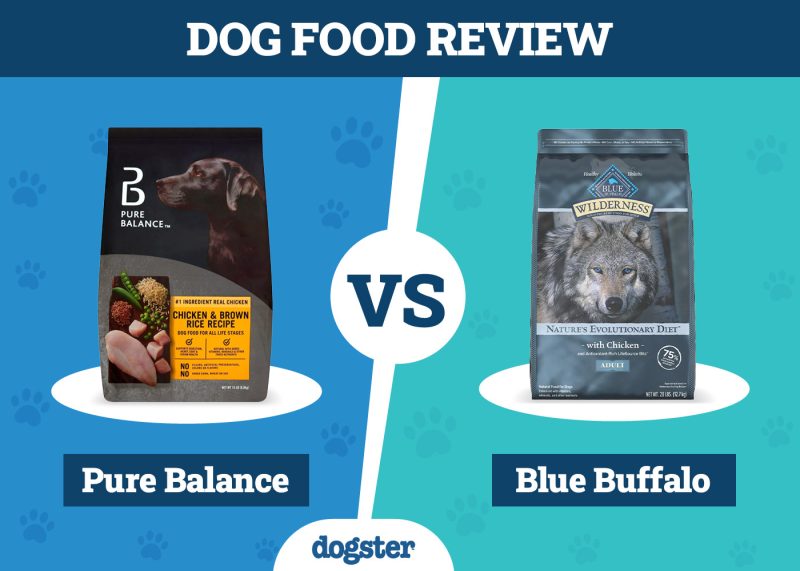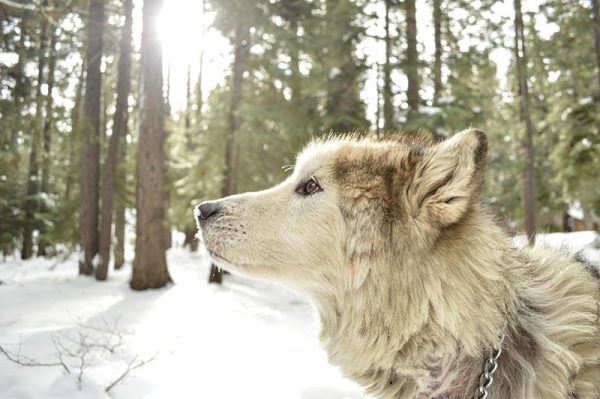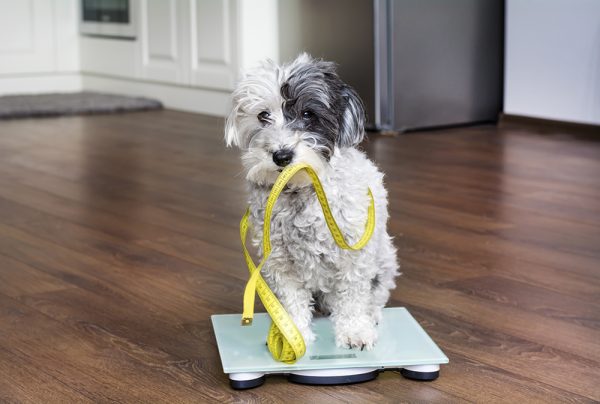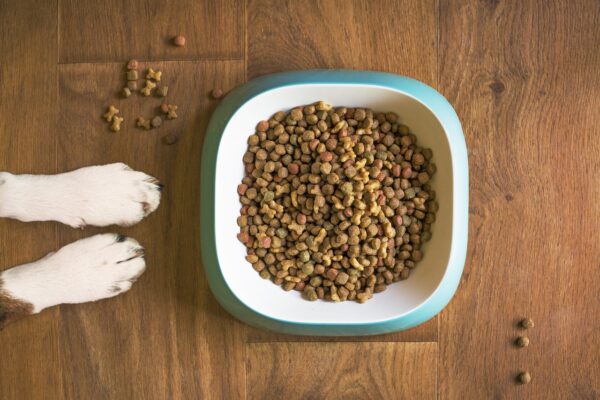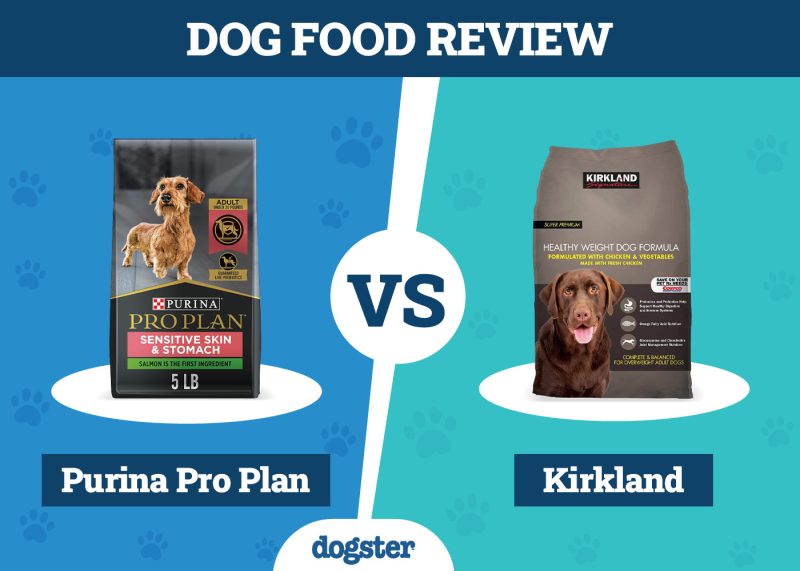In this article
If your dog is expecting puppies soon, you are probably anticipating how many pups you should expect. This can be a very thrilling moment, yet full of anxiety. You want to make sure that both mother and puppies are safe and healthy during the delivery.
So, it is vital to determine when your dog is due, have a vet on standby in case of any problems, and acquaint yourself with the delivery process to make sure everything goes smoothly. It is also important to know how many puppies you can expect. The average puppy litter size is five to six.

Typical Dog Litter Sizes
A typical litter size tends to vary from 1–12 puppies, with five to six pups being average across all dogs. However, large breeds can have up to 15 pups. It is a wide range and depends on the breed, size, health, age, and your dog’s pregnancy history.
Giant breeds will often have larger puppies’ litter, while miniature dogs’ breeds will have smaller ones, maybe only a couple. That is due to the smaller size of the mini dog breeds. Your dog may also have fewer pups if it is their first time to give birth but will probably have more puppies after that.
In addition, your dog must remain healthy since it plays a significant role in how many pups she will have. A dog’s proper nutrition helps her produce healthy and strong puppies that will develop properly and survive the pregnancy process.


Average Litter Sizes for the Top Popular Dog Breeds
| Breed | Average Number of Puppies |
| Teacup or Miniature Chihuahua | 1 to 3 |
| Shih Tzu or Pomeranian | 1 to 4 |
| Australian Shepherd or Cattle Dog | 3 to 7 |
| Doberman, Golden Retriever or Pitbull | 4 to 8 |
| Cane Corso, Mastiff or Great Dane | 8 to 10 or more |
Although some breeds of dogs can give birth to many pups, that does not mean that every puppy will survive the birth process. It is sometimes possible for dogs to give birth to eight puppies, but only four or five survive. Some puppies can be born dead, while others may not survive the first 24 hours of life.


The 7 Factors That Determine a Dog’s Litter Size
Various factors will determine how many pups are in a litter. Some aspects are genetically predetermined, while others have more to do with lifestyle, age, and health.
1. Breed and Size
The primary factor that determines the size of a litter is your dog’s breed and stature. A giant breed of dog will often have a larger brood than a smaller dog breed. On average, a large dog breed can have seven or more pups in a family, while small breeds may only have three. Of course, exceptions can always happen, as there are other factors that influence the size of the litter.
Dog breeds such as Great Danes and Labradors can have litters of over ten puppies at a time. Their bodies can handle the development and delivery of many puppies better than other smaller breeds due to the size of their uterus.
In addition, you need to consider the lineage of your dog. A dog that has been inbred, which is calculated and manifested as a high inbreeding coefficient, may have particular traits that make them have fewer puppies in their brood and that may lead to reduced puppy survival.

2. Time and Conception Method
Surprisingly, how your dog becomes impregnated might determine how many puppies she will have. Some dogs get pregnant naturally, giving them a higher chance of having a bigger litter, while others conceive through artificial insemination.
Preserving semen may have a negative effect on many sperm cells during the freezing process, which reduces fertilization, resulting in fewer pups in a litter. An effect on litter size has also been shown by the method of insemination, if the semen is deposited in the vagina or the uterus, and whether the semen was fresh, chilled, or frozen.
The impregnation date and time may also influence the number of pups in a litter and should be based on progesterone and LH hormone testing in order to estimate time of ovulation.
3. Age
When it comes to conceiving, dogs don’t have an age limit as such. A female dog can remain fertile until older age, although she is more likely to experience various health complications. However, a dog is likely to have a larger litter during their adulthood and middle age. Dogs are highly productive between two and five years of age, and their litter size will reduce as they become older. First-time young mothers are also likely to have smaller litters.

4. Number of Pregnancies
A dog is ready to have another litter with each heat period. And, every time a dog gets pregnant, they may have a better chance of having even more puppies with the next brood. You will often observe these larger dog litters on pregnancy numbers three, four, and five. But this is related to the mother’s age, as already discussed.
5. Overall Health
Getting pregnant can be pretty tedious on a dog’s body. First, if your dog is not in perfect shape, they are likely not to have a larger litter. Second, having poor health can lead to complications during pregnancy and birth. Therefore, your dog needs to remain healthy throughout the whole pregnancy and receive all of the preventative veterinary care well in advance of the pregnancy, as well as throughout it.
6. Diet
There is a connection between your dog’s diet and health. Whether you prepare your own dog food or give your dog a complete and balanced commercial dog food, the food’s quality may determine how many pups your dog will have. Plus, it may determine how smooth the birth will be.
A dog’s body requires a balanced, nutrient-rich food supply to support the pup’s development. If your dog does not get sufficient nutrients, such as protein and essential fatty acids, the puppies may die unborn or be born weak.
Feeding a balanced and appropriate diet based on your dog’s pregnancy stage is crucial to secure health for both her and the puppies. Please make sure you consult a vet before making dietary changes to your pregnant dog’s diet.
If you need to speak with a vet but can't get to one, head over to PangoVet. It's an online service where you can talk to a vet online and get the personalized advice you need for your pet — all at an affordable price!

7. Other Factors
Last but not least, there are other factors that may influence the size and health of the litter. This includes the health of the dam and the father as well, preventative healthcare, and vaccination and worming protocols, all of which improve the puppies chances of survival. Health of the father dog may also impact how the sperm will perform, sperm numbers, and the sperm’s morphology and viability.
A female dog needs to have a normally developed uterus and the rest of the reproductive tract to allow for insemination or mating and a successful pregnancy. Illness of both female and male dogs may have a detrimental effect on the number of puppies in the litter and their health.
Not all female dogs have the same number of eggs, and dog litter size will depend on the number of eggs released from the ovary during a heat cycle.


Final Thoughts
A responsible pet owner or breeder will consider all the implications regarding if certain dogs should be bred in the first place. They will conduct all the required health testing, ensure they have picked the best possible animals to mate, will mate them at the optimum time, and will feed them highly nutritious food throughout the year. However, they cannot determine the size of the litter. That relies on many factors, and most are out of our hands.
Featured Image Credit: Anna Hoychuk, Shutterstock








